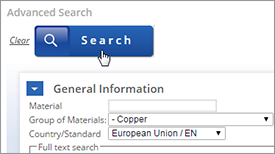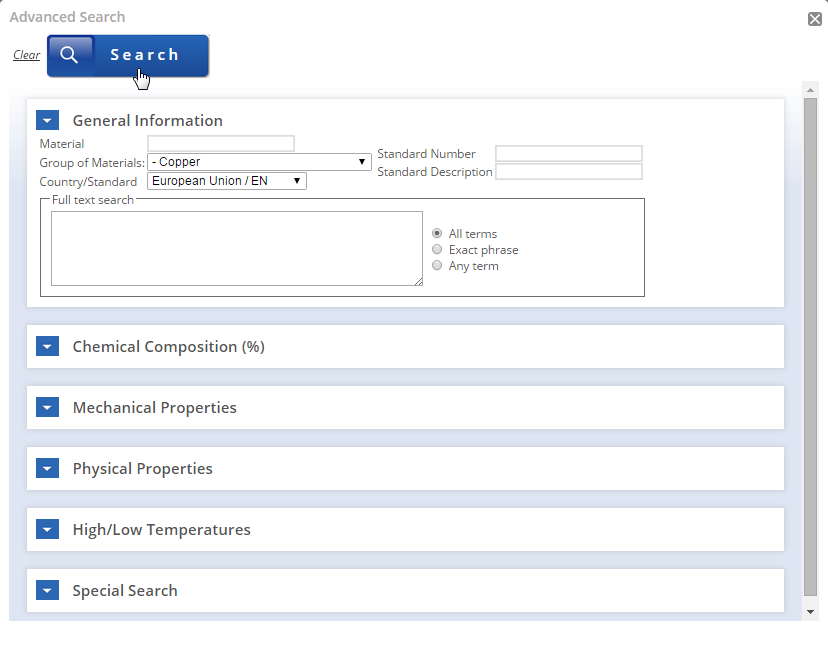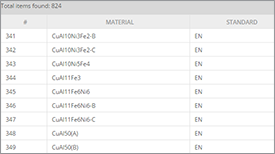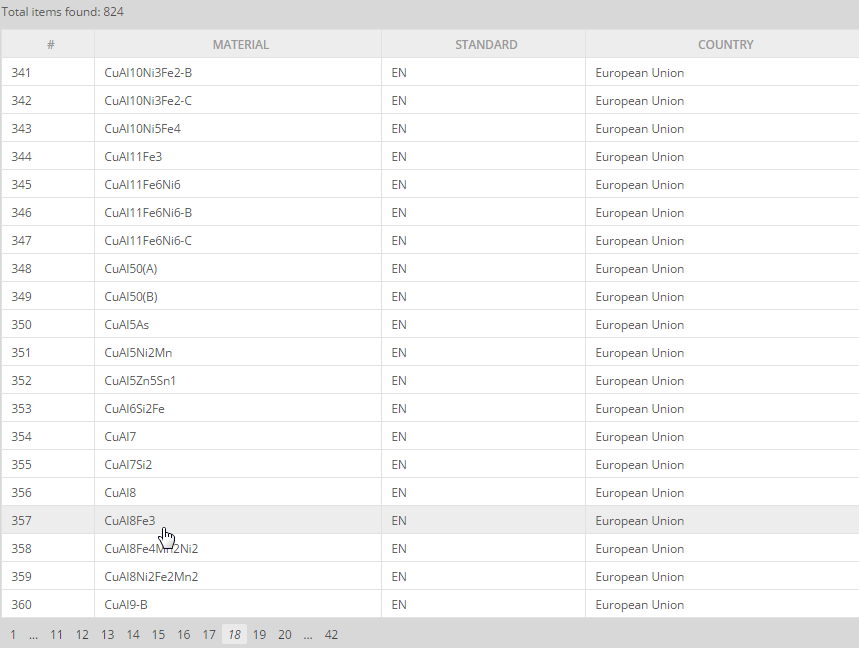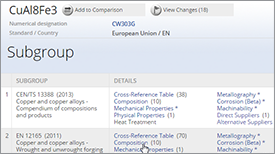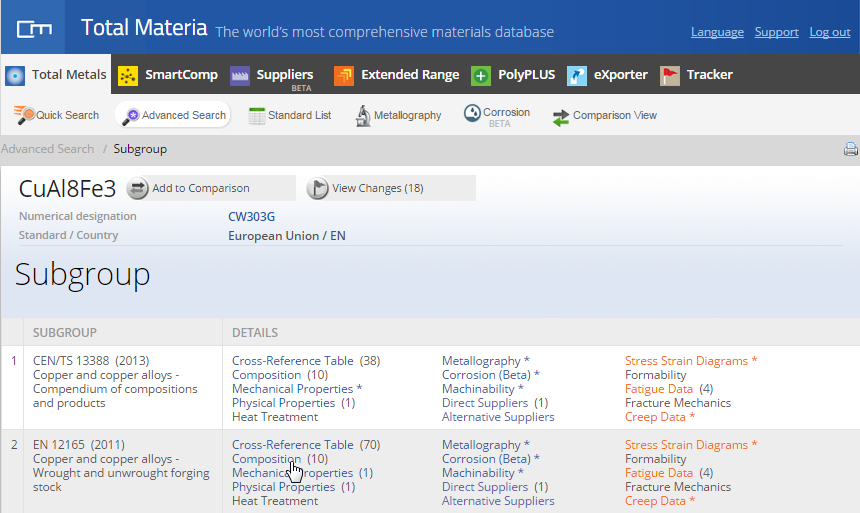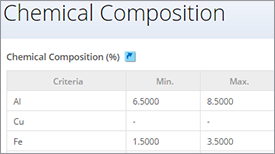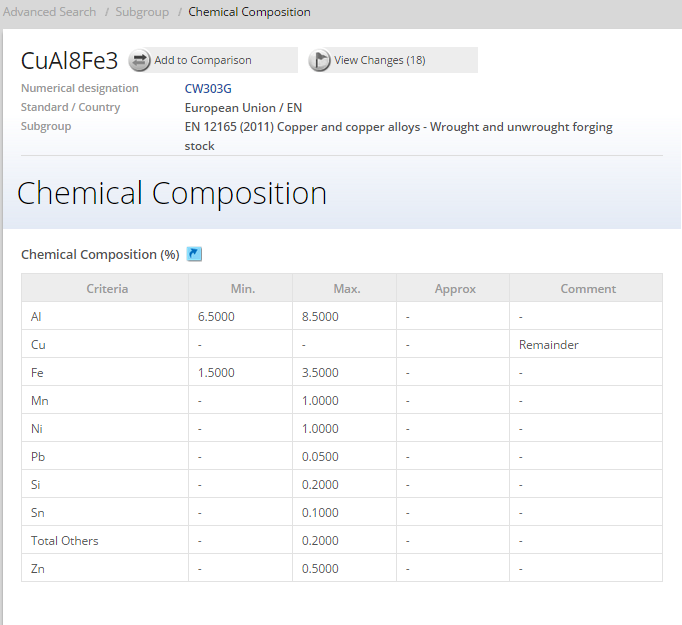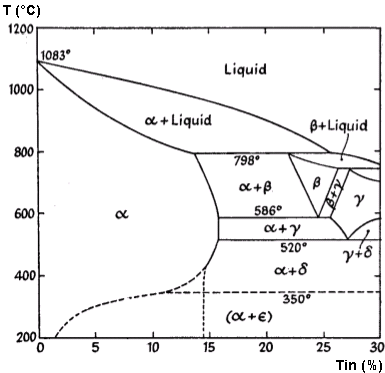
The addition of tin to copper results in the formation of a series of solid solutions which, in accordance with usual practice, are referred to in order of diminishing copper content as the á, â, a, etc., constituents. The diagram may be summarized as follows:
| Percentage composition | Constituent just below the freezing point | Constituent after slow cooling to 400°C | |
| Copper | Tin | ||
| 100 to 87 | 0 to 13 | á | á |
| 87 to 86 | 13 to 14 | á + â | á |
| 86 to 78 | 14 to 22 | á + â | á + ä |
| 78 to 74 | 22 to 26 | â–>(á + â) | á + ä |
Further changes on cooling from 400°C to room temperature are so sluggish that they only occur in conditions very far removed from actual practice.
The á solution is the softest of the constituents; it may be rolled or stamped cold, but it hardens under this treatment much more rapidly decreases than á-brass.
The â and a constituents do not exist in the alloy slowly cooled to room temperature: this is due to successive changes occurring at 586°C and 520°C whereby â is resolved into á +a and a into á + ä.
The ä constituent has the crystal structure of a-brass. It has a narrow range of composition corresponding approximately to the formula Cu3lSn8 and, like all intermetallic compounds, is extremely hard and brittle. The ä -> (á + l) change at 350°C does not occur in commercial practice, though alloys richer in tin may contain the a constituent, which corresponds to Cu3Sn, and the ç solid solution, which approximates to the composition CuSn.
95:5 Copper-Tin Alloy
On cooling from the liquid condition, the solid solution which first forms contains only about 2 percent of tin. Thus the cast metal has a cored structure and the coring is very marked because of the long range between liquidus and solidus; but it may be eliminated by diffusion on cooling more slowly or by annealing.Any absorption of oxygen occurring during manufacture results in the presence of SnO2 in the alloy, tending to make it brittle. A deoxidizer such as zinc is therefore frequently added. The addition of zinc, as in coinage bronze, causes no change in the microscopical appearance of the homogeneous á constituent. The zinc, however, exerts its deoxidizing effect in the liquid, and slight hardening effect on the solid solution. The structure of a bronze coin shows marked deformation of the crystals. On annealing, recrystallization takes place with subsequent crystal growth. Twinning is a characteristic feature of the cold-worked and annealed alloy.
90:10 Copper-Tin Alloy
This is typical gun-metal, most varieties of which, however, contain a deoxidizer, frequently zinc (e.g. Admiralty gun-metal, copper 88%, tin 10%, zinc 2%). The structure of the cast material depends on the rate of cooling, both through the range of solidification and below.On account of the wide solidification range of the alloy and the slow rate of tin diffusion, the apparent solubility limit of the á solution is well below that shown in the diagram. The cast structure is always definitely dendritic and if coring is pronounced, some â solution may be formed at 798°C This interdendritic â, on cooling, gives rise to the hard ä constituent. On the other hand, after slow cooling or prolonged annealing, the homogeneous á constituent may be produced. A chill-cast gun-metal will therefore be very different in structure and properties from one which has been annealed.
85:15 Copper-Tin Alloy
This chemical composition is typical for a number of bronzes used as bearing metals, most of which, however, contain a little zinc as a deoxidizer. It is also the approximate composition of bell metal.Immediately after solidification the alloy consists of the á and â constituents. If rapidly cooled, these are preserved. If slowly cooled, the â (or a) is completely broken down below 520°C into a complex á + ä. The á + â structure is being replaced by á + (á + ä) complex in the slowly cooled alloy. This accounts for the fact that sand castings of this alloy are much harder than chill castings. It also provides the basis of heat treatment method, applied in the one case to bells and in the other to bearing metals.
